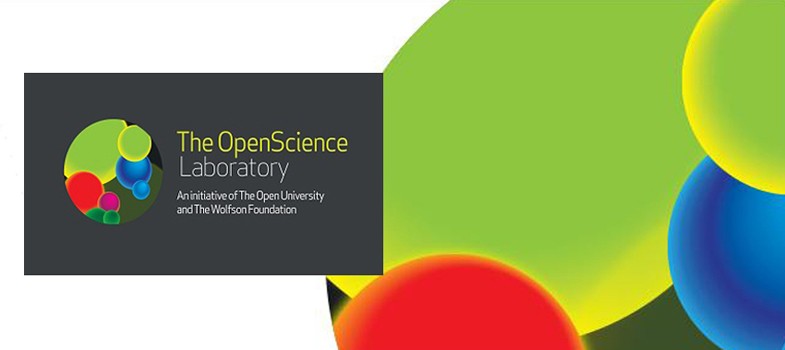6 Getting into the laboratory - Gas chromatography
In this investigation you will be using GC–MS to identify pesticides present in a sample of water (qualitative analysis). You will also work out their concentrations (quantitative analysis)
The first step in the process of investigating the presence and concentration of pesticides in a water sample is to extract the pesticides from the water using an organic solvent (the samples in water cannot be analysed using GC–MS). Then any residual water is removed using a drying agent, such as anhydrous sodium sulfate. The organic solution is then concentrated using an evaporation process. This mixture of organic compounds dissolved in the organic solvent can then be separated into its constituents using the process of gas chromatography.
The organic solvent containing the pesticide mixture is injected into a gas (the mobile phase). This gas is passed through a column containing a material that interacts with the pesticides in the mixture (the stationary phase). The speed at which the components of the sample move through the column depends on how much they interact with the stationary phase, which in turn depends on their physical and chemical properties. Thus the different pesticides will become separated.
For example, a compound may temporarily condense on the stationary phase slowing down its passage through the column. This will depend on the boiling point of the compound. A compound with a lower boiling point – a more volatile compound – will spend more time in the mobile phase and so pass more quickly through the column.
5 The chemical structure of pesticides continued
